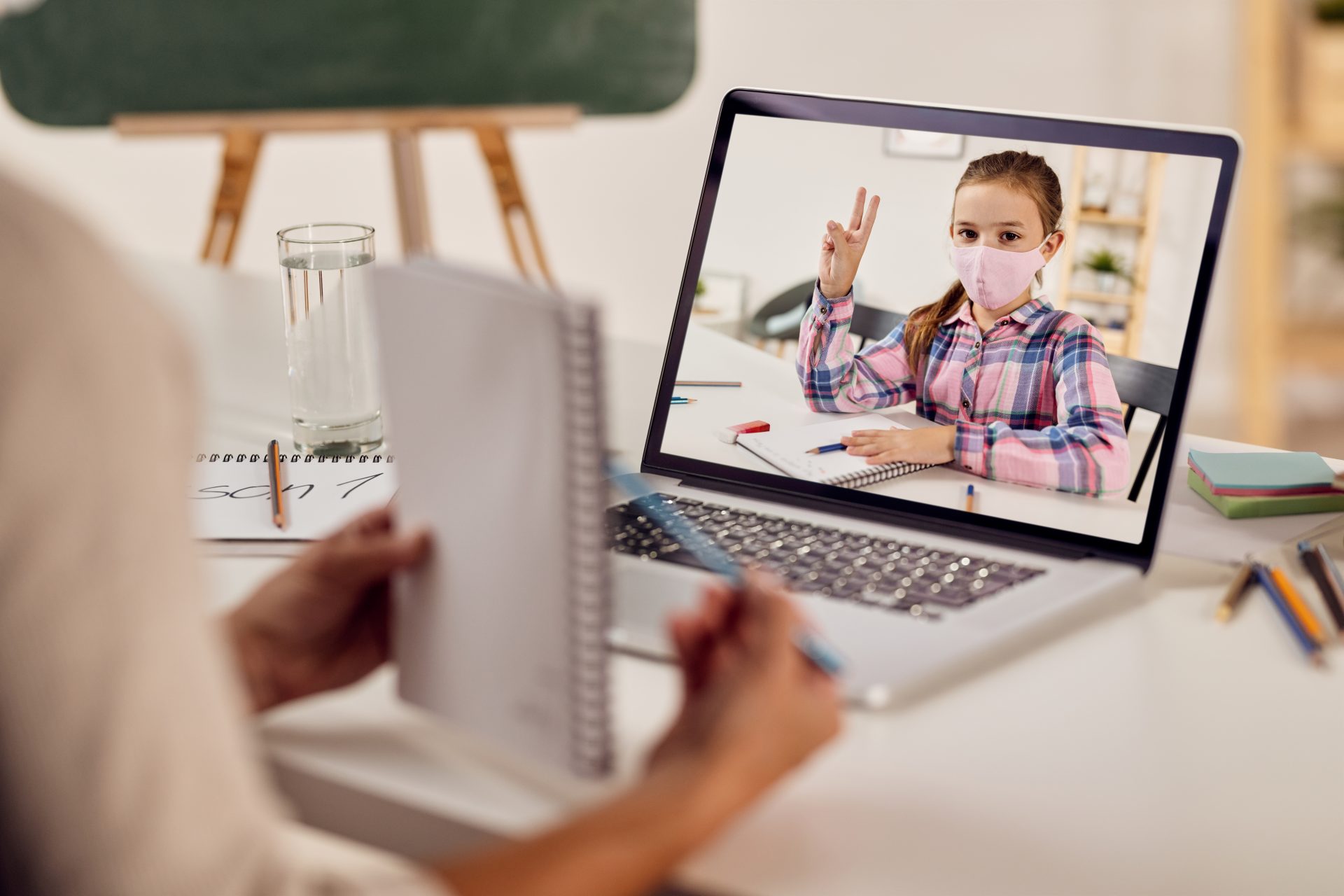Contents
3.7 million students attended homeschooling in the U.S, according to Babwell. 22% students were homeschooled in grades 9-12 in 2019.

Highschool homeschool is a study format where high school students learn at home during grades 9-12. Homeschooling during high school prepares students for college and careers by integrating real-world experiences and independent learning skills.
The Advantages and Drawbacks of High School Homeschooling
Homeschooling in high school has a lot of advantages. Despite the benefits, it also has drawbacks. Let’s take a look at them in detail.

Advantages
Homeschooling during high school brings many advantages. We covered this in the article “Exploring the Pros and Cons of Online Homeschooling”. Let’s focus on the unique advantages of homeschooling.
Combining Part-Time Work or Family Commitments
High school homeschooling allows students to take part-time jobs and manage family responsibilities. Such opportunities help teenagers to get time management and professional skills for grown-up life. Students have the ability to participate in family businesses or care for a member of the family in need without affecting their academic progress. Homeschooling during high school allows the family to create a balanced, productive routine and give their child quality education.
Flexibility for Extracurricular Activities
Extracurricular activities have a best fit with high school homeschooling. High schoolers have the opportunity to spend more time in sports, music, art, or other activities. This allows young athletes to attend practices and tournaments. Future musicians or dancers can focus on rehearsals and performances. Parents often include extracurricular achievements in the student’s academic record to improve college applications.

Advanced Preparation for College or Career
Advanced preparation for college and career goals often start during the high school years in homeschooling. Students concentrate on subjects related to their interests, such as Science, Technology, Engineering, and Mathematics (STEM) fields, arts, or business. Many homeschooling programs offer dual-enrollment classes where students earn college credits during high school.
Drawbacks
Homeschooling during high school has its drawbacks. Let’s take a look at several problems of homeschooling at high school. Use our article “The Ultimate Guide to Challenges in Online Education” to overcome these problems.
Limited Social Interaction
One of the most common concerns is the lack of face-to-face social interaction with peers. Students miss out on the social development coming from interacting with classmates daily. Socialization, according to research by the National Home Education Research Institute, is not a real problem in most homeschooled families. Students in these families interact with peers online and offline outside of study hours.
Limited Access to Immediate Support
Students have the opportunity to ask teachers questions in real-time in traditional schools. Online home schools offer teacher support but it is not always immediate. Students struggle without in-person help. Technology development allows online schools to solve this problem with Artificial Intelligence (AI) chat-bots, knowledge bases and other support systems.
Dependence on Technology
Online homeschooling is entirely dependent on access to technology. Families without reliable internet or adequate devices find it difficult to maintain a consistent learning experience in an online school. More and more internet providers offer student support packages. Some schools provide technical support and financial aid.
Selecting a High School Homeschool Curriculum
Let’s see how homeschoolers choose the high school curriculum.

Step I – Determine Educational Goals
Start from identifying the student’s goals, such as college preparation, career training, or skill development. These goals affect curriculum choices. Students need to choose Advanced Placement (AP) courses or dual enrollment options if they want to achieve good results in the future. Career-focused students explore vocational programs or certifications to get more knowledge.
Step II – Explore Curriculum Types
Homeschool curriculums have different formats. These formats include traditional, online, customized curriculum, and unit studies.
A traditional curriculum uses textbooks and workbooks. This curriculum is an option for families to have a structured approach to learning. This option is ideal for families seeking a learning style similar to a classic school.
An online curriculum brings a lot of interactive lessons and different resources. Such a curriculum helps parents and students deal with any problems. Students absorb the knowledge better and achieve their best results.
Unit studies are a way to become an expert in a specific field. This approach to learning simplifies education by focusing different subjects around one topic. Students understand the material better and feel more motivated to learn.
A customized curriculum lets parents mix resources to personalize education for their kids. Personalized learning allows students to set their own pace, focus on areas of interest, and explore subjects in depth. This approach helps students be prepared for the future.
Step III – Matching Learning Styles
Each student is different, and customization of their learning experience is the key. Visual learners study better when information is incorporated into pictures, diagrams, and videos. Auditory learners study well when performing activities to keep them listening and holding verbal conversations. Kinesthetic learners prefer learning via hands-on approaches and movement. Understanding the student’s characteristics helps focus on whether the curriculum has everything needed to make the child’s education successful.
Choose High School Homeschooling Online or Offline

Homeschooling has online and offline options. The decision to homeschool online or offline for high school depends on a family’s preferences, learning styles, and educational goals.
Offline homeschooling relies on textbooks, hands-on activities, and personally created lesson plans by the parents or tutors. Families choose offline homeschooling when they want a traditional structure similar to regular schools.
Online homeschooling uses structured programs with certified teachers, interactive tools, and access to a wide range of courses, including AP and career-oriented courses. Families choose online homeschooling for flexibility and different curriculum customizations.
Families can combine online and offline methods by taking advanced courses online and creative or practical subjects offline. Both options offer the opportunity to make education great.
Take a look at this article to have more information about choosing curriculum.
High School Homeschool Programs
Top-rated homeschool programs offer a wide range of resources and support for families. We overviewed the top homeschooling programs in the articles “5 Top Accredited Online Homeschool Programs K-12 with Curriculum Options” and “5 Best Online Homeschooling Programs”.
How Legacy Online School Can Help?

Legacy Online School is accredited by the Western Association of Schools and Colleges (WASC). The diploma from Legacy Online School is widely accepted.
Legacy Online School offers an accredited curriculum for high school. Legacy Online School’s curriculum covers core subjects. These subjects include Language Arts, Math, Science, and Social Studies. Students choose electives like Spanish and Art. This curriculum includes live teaching in small groups for personalized attention.
Legacy Online School also provides an accredited STEM-focused curriculum, preparing students for future careers. The program focuses on critical thinking, problem-solving, and hands-on learning. For more information, visit Legacy Online School’s STEM Curriculum.
Our school offers AP courses, honor classes, and a dual enrollment program to prepare high school students to college and allow them to achieve academic success.











